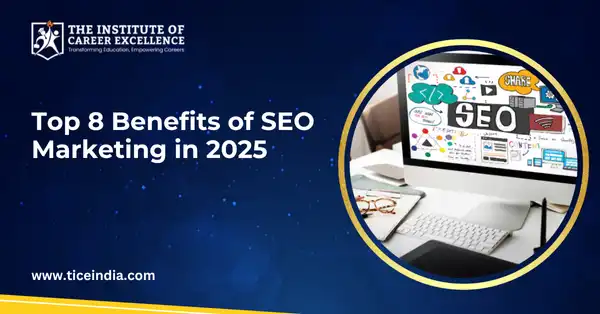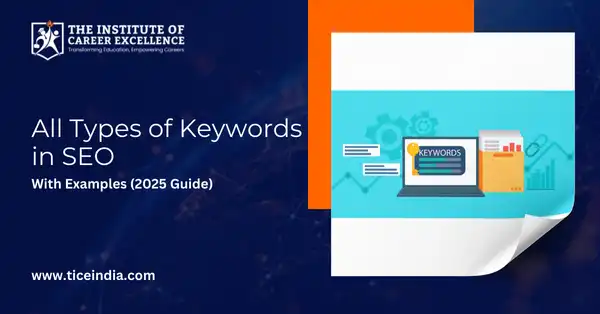
Posted On: August 21, 2025
All Types of Keywords in SEO With Examples (2025 Guide)
Remember when SEO was all about cramming as many keywords as possible into your content? Those days are long gone. Today's SEO landscape has evolved dramatically, shifting from keyword stuffing to a people-first approach that actually serves users better. Understanding the different types of keywords isn't just helpful—it's absolutely crucial for building a robust SEO strategy that connects with your audience and drives real results.
What Are SEO Keywords?
SEO keywords are essentially the bridge between what people are searching for and the content you're providing. Think of them as the language your potential customers use when they're looking for solutions, products, or information online.
Take "men's casual shoes" as an example. When someone types this into Google, they're telling search engines exactly what they want to find. Your job is to understand these search patterns and create content that matches their intent perfectly.
Why Are Keywords Important in SEO?
Here's something that might surprise you: 68% of online experiences begin with a search engine. That's a massive opportunity waiting for businesses that understand how to leverage the right types of keywords.
Keywords serve three fundamental purposes in your SEO strategy:
- Connection to Target Customers: They help you speak your audience's language and appear when they're actively looking for what you offer.
- SERP Rankings Impact: The right keywords signal to search engines that your content is relevant and valuable, improving your chances of ranking higher.
- Targeted Traffic Driver: Rather than attracting random visitors, well-chosen keywords bring people who are genuinely interested in your products or services.
From my experience leading digital marketing initiatives at TICE, I've seen firsthand how understanding different types of keywords can transform a business's online presence. When I teach aspiring marketers in Kolkata through our digital marketing course in Kolkata, they're consistently amazed by the strategic depth behind keyword selection—it's far more nuanced than most people realize.
The Role of Keywords in SEO: Three Key Benefits
Understanding different types of keywords unlocks significant SEO benefits that directly impact your online success:
- Increased Relevance: Keywords make your content accessible and relevant to your target audience. They help search engines understand what your content is about and who should see it.
- Higher Rankings: Proper keyword optimization directly impacts your SERP positioning. When you align your content with what people are searching for, search engines reward you with better visibility.
- Better User Experience: The right keywords ensure smooth navigation and findability, creating a seamless experience for visitors who land on your site.
Types of Keywords in SEO: A Comprehensive Breakdown
1. Types Based on User's Search Intent
Understanding search intent is like having a window into your customer's thoughts. Each search query reveals where someone is in their buyer's journey.
Informational Keywords
These are the "how-to" and "what-is" searches that make up a huge portion of online queries. People use informational keywords when they're researching, learning, or trying to solve a problem.
Example: "How to prepare ghee at home"
These keywords typically include the 5Ws and 1H (who, what, when, where, why, and how). While they might not directly drive sales, they're fantastic for building authority and attracting potential customers early in their journey.
Commercial Keywords
Commercial keywords signal that someone is considering a purchase but hasn't made their final decision yet. They often include terms like 'buy', 'price', 'best', 'review', and 'comparison'.
Example: "Best mobile phone under ₹10000"
These searches show commercial intent—the person is actively shopping and comparing options.
Transactional Keywords
When someone uses transactional keywords, they're ready to buy. These searches include terms like 'purchase,' 'order,' 'buy now,' and 'discount codes.'
Example: "Order iPhone 14"
The conversion potential here is incredibly high because the user has already made their decision.
Navigational Keywords
These keywords target specific brands or websites. Users know exactly where they want to go.
Example: "Nike Running Shoes for Men"
Navigational keywords are gold for brand recognition and direct traffic.
2. Types Based on Length
The length of a keyword tells us a lot about search behavior and competition levels.
Short-Tail Keywords
These are broad, 1-3-word phrases with high search volume but intense competition. 34.71% of Google search queries have four or more words, which shows that people are getting more specific with their searches.
Example: "Digital cameras"
Long-Tail Keywords
Here's where things get interesting. 91.8% of all search queries are long-tail keywords, and they have an impressive conversion rate of 36%. Compare that to the highest-performing landing pages that only convert at 11.45%.
Example: "Waterproof digital camera for underwater photography"
Long-tail keywords are especially valuable for smaller businesses because they face less competition and attract highly qualified traffic.
3. Types Based on Match Types
Understanding match types helps you control how broadly or narrowly you want to target your audience.
Exact Match Keywords
These target the precise terms users search for, offering higher relevancy and conversion potential.
Example: "solid oak center table"
Broad Match Keywords
These capture variations, synonyms, plurals, and even misspellings of your target keywords, giving you a wider reach but potentially less relevance.
Example: "baking tools" might also capture "baking equipment", "cooking utensils", or "kitchen tools".
Phrase Match Keywords
These maintain your exact keyword phrase but allow additional words before or after it.
Example: "organic skincare products" could match "best organic skincare products for sensitive skin".
4. Types Based on Role
Different keywords play different roles in your content strategy.
Primary Keywords (Focus Keywords)
These are the main foundations of your content, directly related to your business and placed in crucial locations like title tags, headers, and meta descriptions.
Example: "custom-made wooden sofa"
Secondary Keywords
These support your primary keywords by providing additional context and detail.
Examples: "handcrafted sofa", "hardwood sofa"
Competitor Keywords
These are terms your competitors rank for, giving you insights into gaps in your own strategy.
At our digital marketing institute in Kolkata, we teach students how to conduct competitive keyword analysis to identify these opportunities.
5. Types Based on Target Orientation
Branded Keywords
These include your brand name and typically attract users with higher intent.
Examples: "Apple iPhone 15", "MacBook Pro"
Generic Keywords
Broad, non-brand-specific terms that face high competition but offer industry relevance.
Example: "smartphone"
Product-Specific Keywords
These provide detailed product information, including models, colors, and sizes.
Example: "Samsung Galaxy S21 Ultra in Phantom Black"
Market-Specific Keywords
These target specific industry niches with precision.
Examples: "bamboo cutting board", "organic cotton bedding"
6. LSI Keywords: Semantic Keywords
Latent Semantic Indexing keywords gives search engines additional clues to better interpret your content's topic and relevance. These related terms enhance your SEO strategy by providing comprehensive coverage of your topic.
For example, if your main keyword is "weight loss diet", LSI keywords might include "healthy eating", "nutrition plan", "calorie deficit", and "meal prep".
Key Statistics That Will Change Your Keyword Strategy
Here are some eye-opening statistics that should influence your approach to different types of keywords:
- Over 94% of keywords get ten or fewer searches per month.
- Long-tail keywords convert 2.5x higher than head keywords.
- URLs containing targeted keywords generate 45% higher click-through rates.
- A significant 78% of B2B marketers incorporate keyword research tools into their SEO strategy.
These numbers tell a clear story: specificity wins over broad reach when it comes to conversions and user engagement.
My Perspective on Keyword Strategy Evolution
Having worked in digital transformation and performance marketing for over a decade, I've witnessed the evolution of keyword strategy firsthand. The shift from quantity to quality has been remarkable. Today, it's not about how many keywords you can rank for—it's about ranking for the right keywords that align with your business goals and user intent.
What excites me most about current keyword trends is the increasing importance of semantic search and user intent. Search engines are getting smarter at understanding context, which means content creators need to think more holistically about their keyword strategies.
How to Find and Implement These Keyword Types
- For Intent-Based Keywords: Use tools like Answer the Public and Answer Socrates to understand what questions your audience is asking.
- For Length-Based Keywords: Leverage Google's autocomplete feature and "People Also Ask" sections to discover long-tail variations.
- For Match Types: Use square bracket notation [keyword] to identify exact matches and implement them strategically across your content.
Conclusion: Your Keyword Strategy Roadmap
Understanding the different types of keywords is like having a roadmap to your customers' minds. Each type serves a specific purpose in connecting searcher intent with your content, and mastering this connection is vital for web success.
As search algorithms continue evolving, the businesses that thrive will be those that understand not just what keywords to target, but why they're targeting them and how they fit into the larger customer journey.
Remember, keywords are more than just search terms—they're insights into human behavior, business opportunities, and the foundation of meaningful online connections.
Tags
Latest Posts
-

Best Certification Courses After 12th for a Career in IT
-
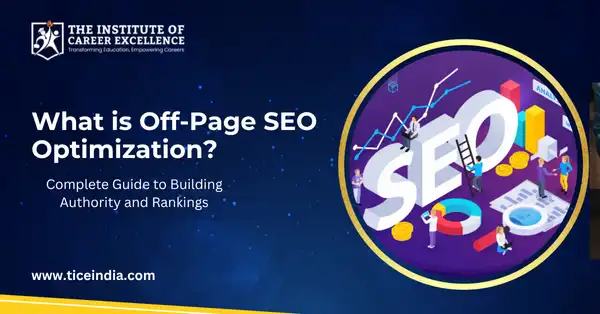
What is Off-Page SEO Optimization? Complete Guide to Building Authority and Rankings
-

What is On-Page SEO? Techniques, Factors, Elements
-
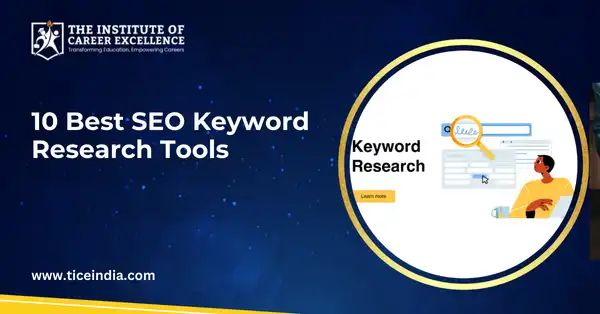
10 Best SEO Keyword Research Tools in 2025 (Free & Paid)
-
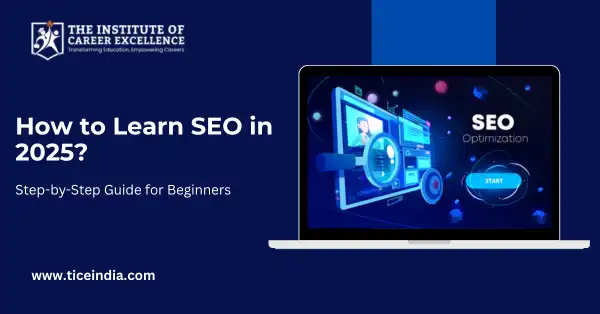
How to Learn SEO in 2025: Step-by-Step Guide for Beginners



